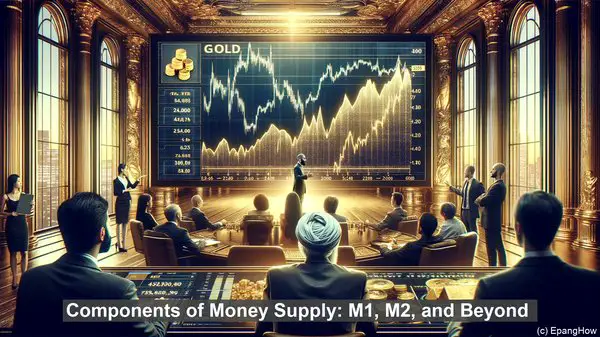Introduction: The Essence of Monetary Systems
Hello, everyone! Welcome to our article on the intriguing world of monetary systems. Today, we’ll delve into the distinction between monetary base and money supply, two fundamental pillars of any economy.

Defining Monetary Base: The Foundation
Monetary base, also known as high-powered money, refers to the total amount of currency in circulation, including physical cash and reserves held by commercial banks at the central bank. It forms the base upon which the entire money supply is built.
Understanding Money Supply: A Broader Perspective
On the other hand, money supply encompasses a wider range of assets that are readily acceptable as a medium of exchange. It includes not only physical currency but also demand deposits, such as checking accounts, and certain types of savings accounts.
Components of Money Supply: M1, M2, and Beyond
To provide a more nuanced view, economists often categorize money supply into various measures. M1, the narrowest measure, includes physical currency, traveler’s checks, and demand deposits. M2, a broader measure, adds in savings deposits and certain money market funds. The classification goes on, with each level incorporating additional components.
The Role of Monetary Base: Controlling Money Supply
Monetary base plays a crucial role in the central bank’s ability to influence the money supply. By adjusting the level of reserves held by commercial banks, the central bank can effectively expand or contract the overall money supply, thereby impacting economic activity and inflation.

Factors Affecting Money Supply: Beyond the Base
While monetary base is a significant factor, it’s not the sole determinant of money supply. Other factors, such as the velocity of money, lending practices of banks, and public’s demand for money, also come into play. These complex interdependencies make the study of money supply a fascinating field.
